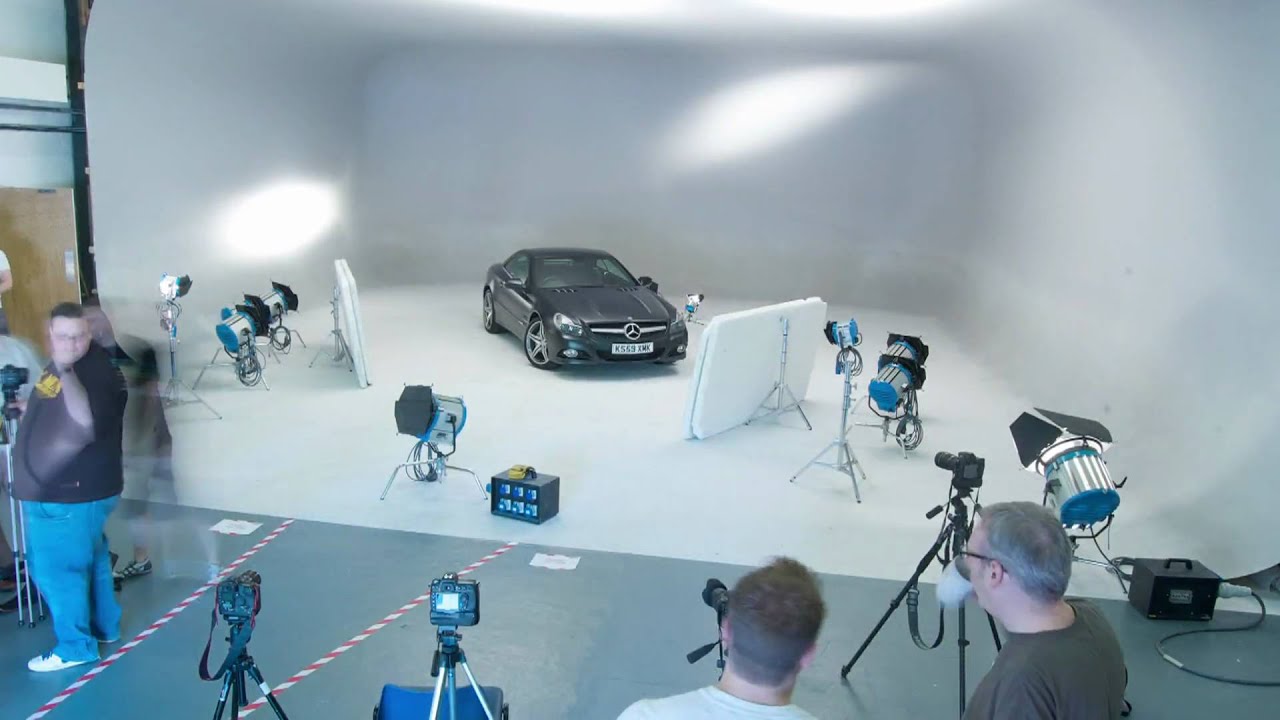
How to light a car photography?
There are so many ways how to light a car nowadays. Lighting can be done with the use of high end strobes, LED lights, low-voltage bulbs and even xenon headlights. And while each of these provides a unique look, the thing that really counts is how well the image is captured. If you have no experience with this, your best bet would be to go down to your local photography or auto club and ask the helpful staff about lighting techniques. They will be more than happy to show you what works and what doesn’t when it comes to lighting a car.
If you’re new to photography, chances are you already have a working relationship with an experienced professional. Ask them for advice on lighting techniques as this will really come in handy in the long run. While an auto might not be able to provide you with professional lighting, at least the staff in the auto club should be able to give you some great pointers and tips to follow.
The most important factor when it comes to lighting a car is how well the color of the car matches the lighting being used. This is probably the easiest part when it comes to learning how to light a car for automotive photography. Colors of cars tend to contrast against each other quite a bit so it’s important to get this right. Auto club members will have a lot of experience in this area and can probably show you how to best apply the lighting to the target.
Another thing to consider when trying to get the best image from any lighting setup is making sure the subject is in focus. One of the primary purposes of lighting is to make the subject pop out and be seen, but sometimes this can come at the expense of losing objectivity. If you’re using a flash, there’s nothing wrong with using it to create a soft focus. It will add depth to the shot and make the object appear more realistic.
Also, the depth of field should be considered. A lot of photography courses fail to grasp this concept and end up creating images that are flat and boring. Using a wide angle lens on a camera can make the background blurrier than you’d expect, which can be annoying if you’re trying to capture a moving subject. Keep in mind that the background and the subject should be parallel to one another; otherwise, the entire image will be focused on the middle.
One simple trick is to hold your camera in a downward position while pointing the lens towards the sun. The sunlight will reflect off the white balance settings and will soften the image. If you’re using an automatic mode, this can be adjusted during your exposure process. But for normal photography, try to keep the white balance as it is without adjusting it during the exposure time.
A common mistake with people who are just starting out using digital cameras is that they think they can create amazing images just by pointing their camera at the sky. This isn’t really recommended because there’s nothing that will help you achieve that kind of lighting. You need to have the proper environment to actually catch the target with your lens. With that said, try not to point the target directly at the sun, as it will be much harder to get the right lighting.
Another good tip is to use a point-and-shoot camera to practice until you’re completely comfortable using auto white balancing. When you’re using the camera manual, you can set the exposure to manual and take a picture at different times of the day. As you progress with your photography skills, you can increase the ISO speeds until you’re basically able to control everything with your fingers. And that is the key to mastering photography!